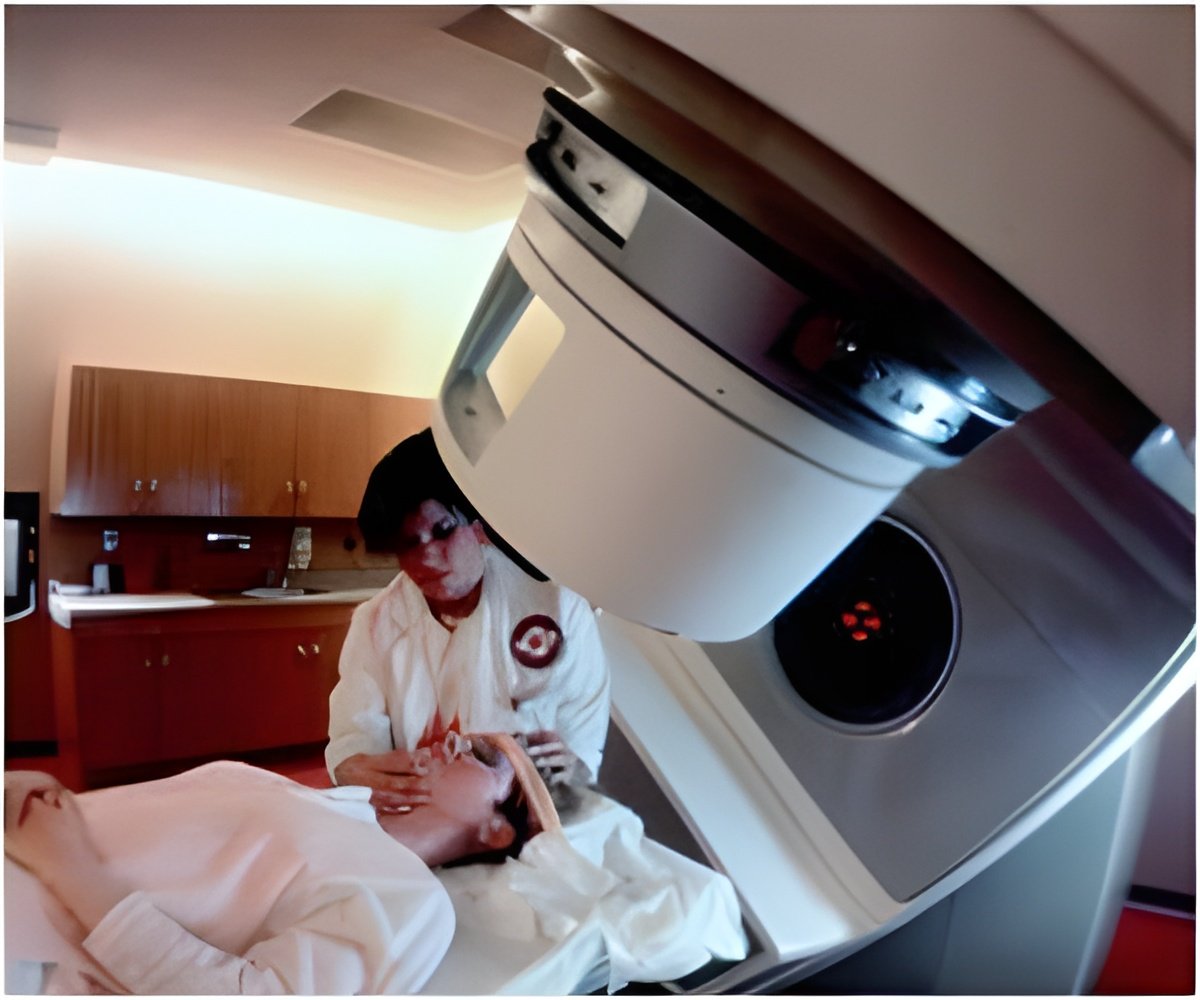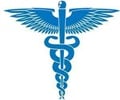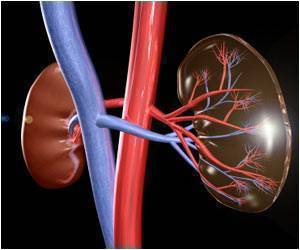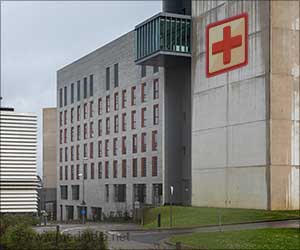
"This uncertainty makes it good practice and in the interest of patient safety for medical facilities to reduce radiation dose to the lowest level necessary for accurate diagnosis," said Mary Ellen Jafari, MS, DABR, lead author of the article.
Staff at Gundersen Lutheran Health System, a physician-led health care system headquarted in La Crosse, Wisconsin, developed a comprehensive CT radiation dose reduction program.
"The focus of our program is on easily implemented, practical actions. Prioritized for dose reduction actions are high-dose examinations, patients scanned repeatedly for chronic conditions, pediatric patients and pregnant patients," said Jafari.
Staff implemented practical actions on the basis of a system of key strategies, including ensuring proper CT scanner functionality and appropriately trained staff members, monitoring and evaluation of radiation dose, optimization of CT acquisition protocols and education of referring physicians and patients. CT acquisition protocol changes demonstrably reduced effective dose. For example, a low-dose renal stone CT scan protocol reduced effective dose by 64 percent. Other dose reductions varied by protocol type.
"It is good practice and in the interest of patient safety for medical facilities to reduce CT radiation dose to the lowest level necessary for accurate diagnosis. Despite staffing and time limitations, CT radiation dose can be reduced at smaller medical facilities such as community hospitals by implementing practical actions on the basis of a system of key strategies," said Jafari.
Advertisement











